Minor production inconveniences aside, it’s critical that all of us remember the decades-old motto “safety first,” especially given the past year’s pandemic-driven social distancing and cleanliness requirements.
For guidelines on achieving this, look no further than the Occupational Safety and Health Administration, or OSHA, which offers advice on everything from fall prevention campaigns to preventing heat-related illnesses, as well as something we’ve all become acquainted with of late: PPE, or personal protective equipment.
Equipment and Machine Guarding Safety Requirements
Machine safeguarding is another important safety concern. For help with that, turn to Standard Number 1910.212. There you’ll find the following relevant safety standards:
- 1910.212(a)(1) Types of guarding. One or more methods of machine guarding shall be provided to protect the operator and other employees in the machine area from hazards such as those created by point of operation, ingoing nip points, rotating parts, flying chips and sparks. Examples of guarding methods are barrier guards, two-hand tripping devices, electronic safety devices, etc.
- 1910.212(a)(2) General requirements for machine guards. Guards shall be affixed to the machine where possible and secured elsewhere if for any reason attachment to the machine is not possible. The guard shall be such that it does not offer an accident hazard in itself.
- 1910.212(a)(3)(ii) The point of operation of machines whose operation exposes an employee to injury, shall be guarded. The guarding device shall be in conformity with any appropriate standards therefore, or, in the absence of applicable specific standards, shall be so designed and constructed as to prevent the operator from having any part of his body in the danger zone during the operating cycle.
There’s more, including a list of machinery that includes alligator shears, guillotine cutters and calender rolls, much of which has been replaced by more modern CNC equipment. Contained within each of these standards are hyperlinks to various “standard interpretations” that offer additional information.
For more detailed and timely interpretations of OSHA machine guarding safety criteria, one can turn to the ISO (the International Organization for Standardization) or ANSI (American National Standards Institute), each of which publishes all manner of safety standards.
For example, there’s ISO 13854:2017(en) Safety of machinery — Minimum gaps to avoid crushing of parts of the human body and ANSI B11.22-2002 (R2012) Safety Requirements for Turning Centers and Automatic, Numerically Controlled Turning Machines.
Have a credit card handy, however, because only select portions of these standards are free of charge.
Read more: Get the cold hard facts on must-have machine guarding in this infographic
Taking Safety Into Your Own Hands
The point here is that, while both necessary and important, the OSHA safety standards can be confusing.
This is why the organization encourages companies to attend training sessions and to contact the Office of Partnerships and Recognition, where manufacturers can learn about participation in the OSHA Strategic Partnership Program (OSPP), Voluntary Protection Programs (VPP), or the OSHA Challenge Program, all of which help to assure compliance and worker safety.
Accomplishing this becomes a lot easier by working with safety experts such as Tony Caruso, vice president of sales and marketing at industrial safety equipment manufacturer ISB. He’ll tell you that one of the most flexible and cost-effective means of safeguarding nearly any work cell, automated material handling system or piece of capital equipment is with a safety light curtain.
Read more: Anti-Fog Eye Protection Technology: How MCR Safety’s MAX6 Coating Keeps Workers Safe


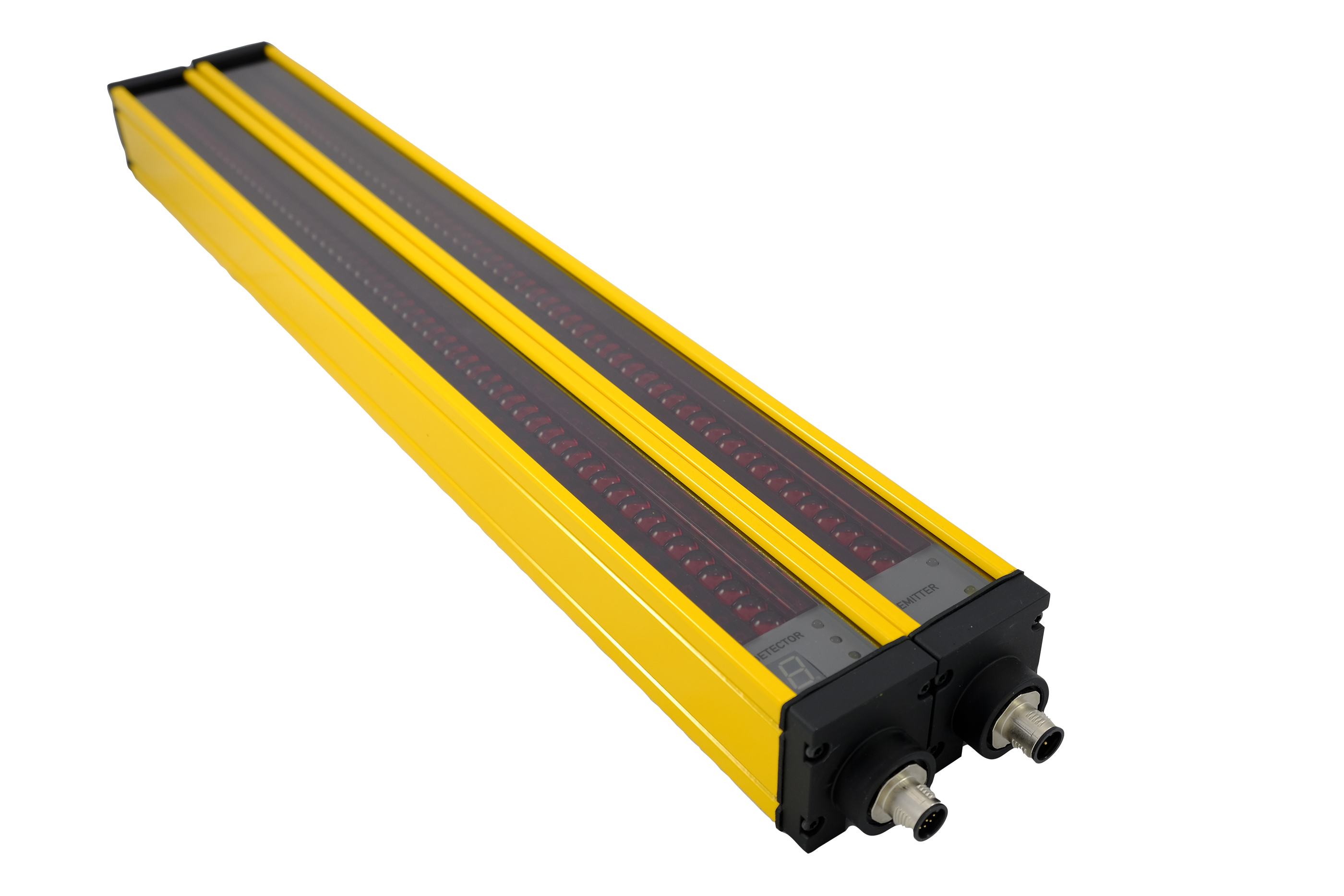
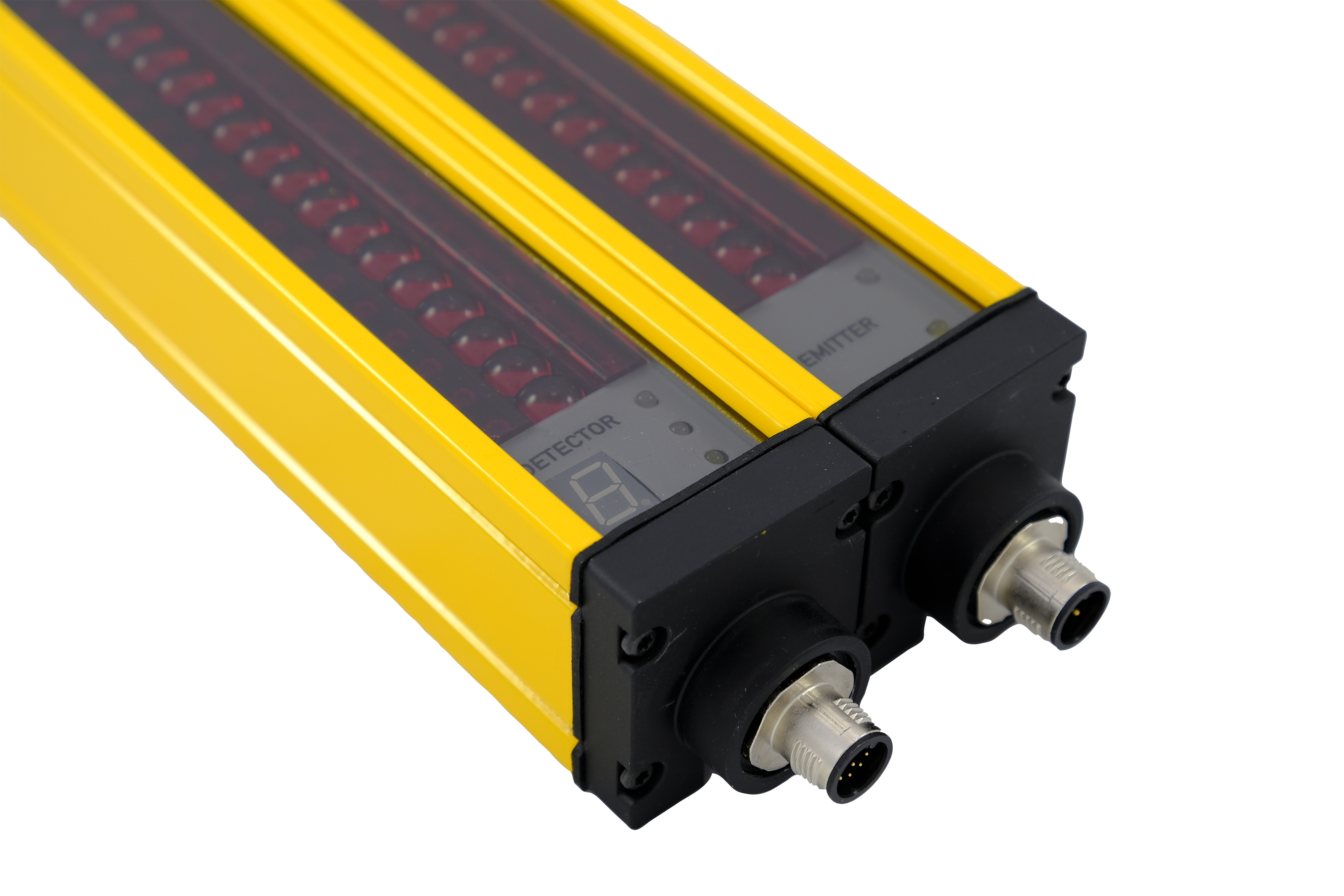
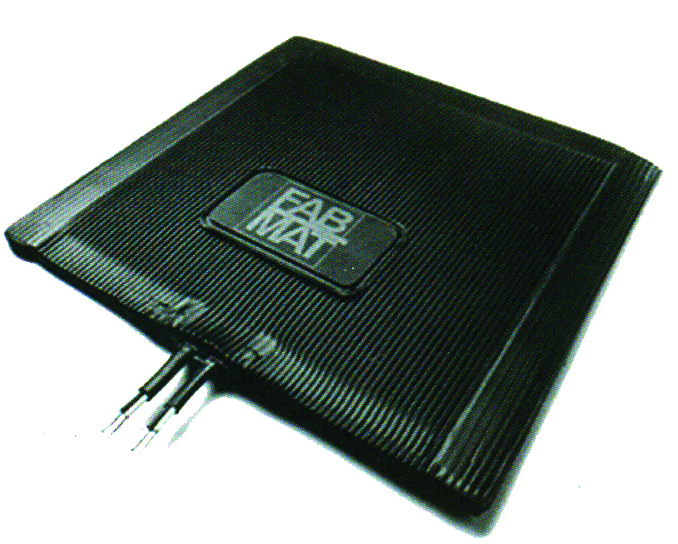

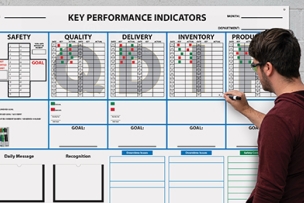
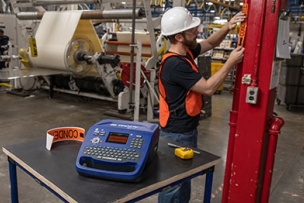
Talk to Us!
Leave a reply
Your email address will not be published. Required fields are marked *